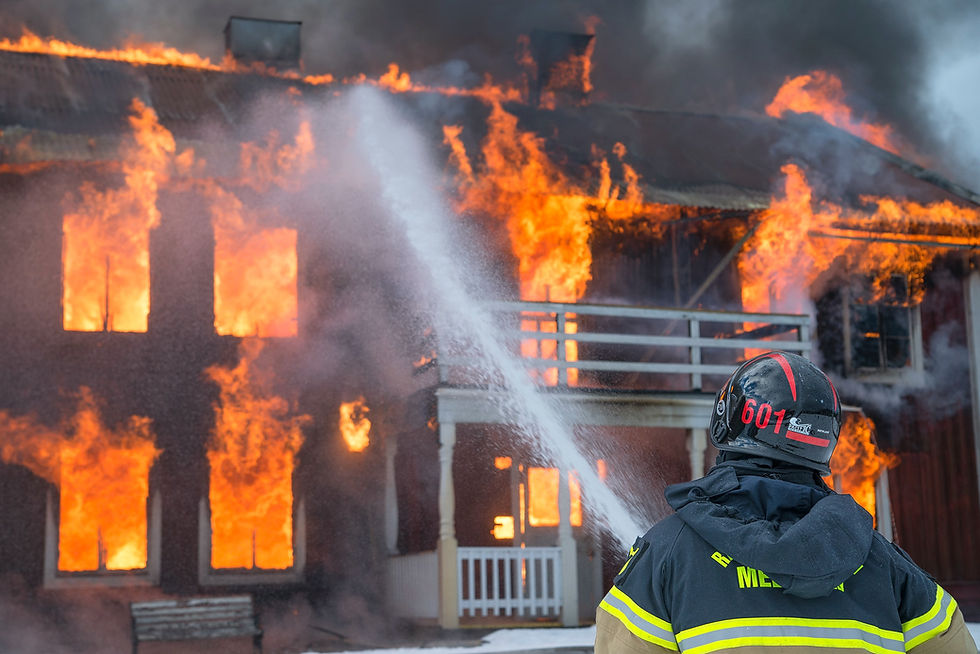Smoke and fire ventilation is a requirement to allow smoke and heat to be removed from a building in the event of a fire, which helps to improve visibility for building occupants and firefighters, and to slow the spread of fire. Additionally, it can also help to reduce the build-up of toxic gases which can be produced during a fire. This helps to protect life safety and can also help to minimise damage to the building and its contents.

Smoke fire ventilation is an essential technique used to improve visibility during a fire, especially for occupants in commercial, industrial, or residential buildings. Installing a smoke fire ventilation system is important because smoke, heat, and toxic gases generated from a fire can quickly spread, reducing visibility and creating dangerous conditions for occupants. By ventilating the smoke and heat from the fire, visibility is improved, allowing occupants to move to safer areas.
Smoke fire ventilation systems prevent backdrafting and reduces the risk of flashover
Additionally, smoke fire ventilation can help reduce the risk of backdrafting, which occurs when air is sucked back into the building and reignites the fire. By removing the smoke and heat from the building, backdrafting can be prevented and the fire can be contained more easily. Smoke fire ventilation can also help reduce the risk of flashover, which is when the entire room is engulfed in flames. By removing the smoke and heat with a smoke ventilation extraction unit, the temperature of the room is reduced and the risk of flashover is decreased. Ultimately, smoke fire ventilation is an essential technique to improve visibility during a fire, allowing occupants to safely evacuate the building.
Fire and smoke ventilation design protects against toxic gases
During a fire, a variety of toxic gases can be produced, including carbon monoxide (CO), hydrogen cyanide (HCN), and phosgene (COCl2). Carbon monoxide is a colourless, odourless gas that can be deadly if inhaled in large quantities. It is produced by the incomplete burning of fossil fuels. Hydrogen cyanide is a highly toxic gas that can be fatal even in small amounts. It is produced by the burning of plastics and other synthetic materials. Phosgene is a highly toxic gas that can be fatal if inhaled. It is produced by the burning of plastics, rubber, and other materials containing chlorine. Factories that manufacture synthetics, rubber and plastic products need proper smoke and fire ventilation systems to prevent fatal inhalation of hydrogen cyanide or phosgene in the event of materials or stock catching alight. Smoke and fire ventilation help to remove these toxic gases from the building, which can help to protect the health and safety of building occupants and firefighters.
Smoke Fire Extraction Services provide the knowledge and expertise needed to keep buildings safe with adequate smoke and fire ventilation design and equipment. Smoke Fire Extraction Services provide smoke and fire ventilators, natural ventilation, fire dampers, fire equipment monitoring, electromechanical equipment, static and automatic fire curtains, and fire and escape doors. Trust Smoke Fire Extraction Services to ensure that your occupants, assets and buildings are adequately protected with dependable fire and smoke ventilation systems.


Comments